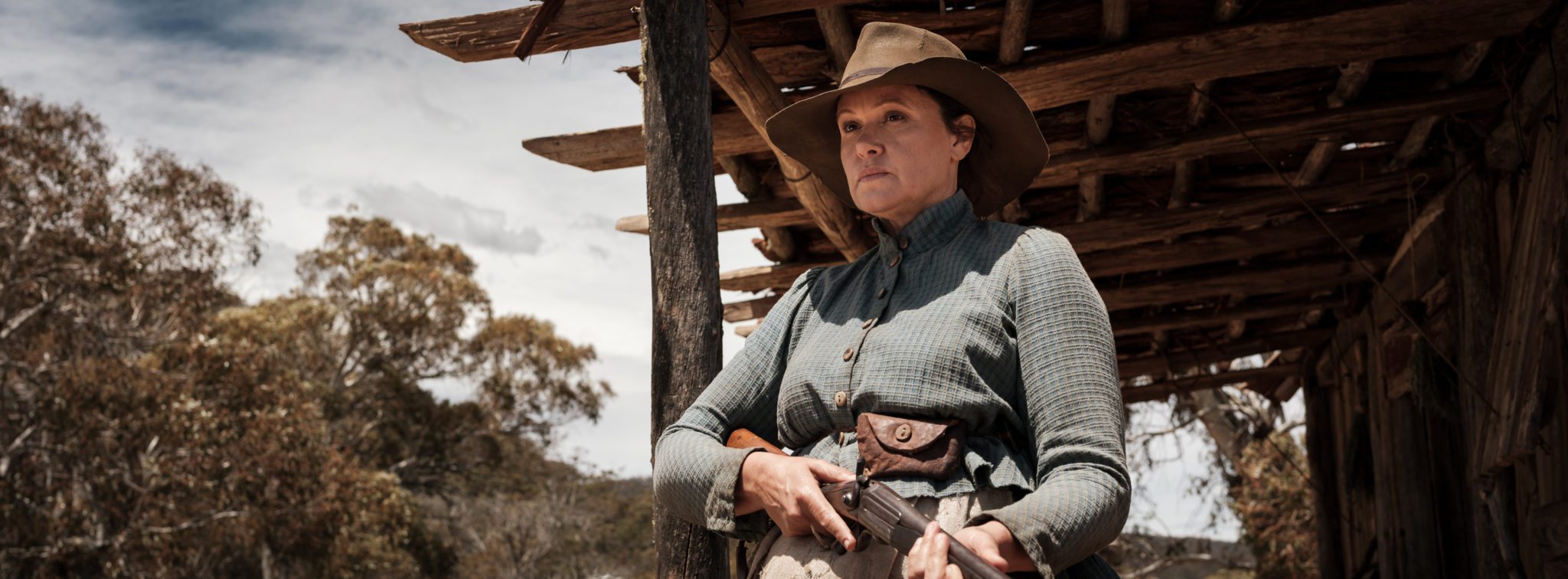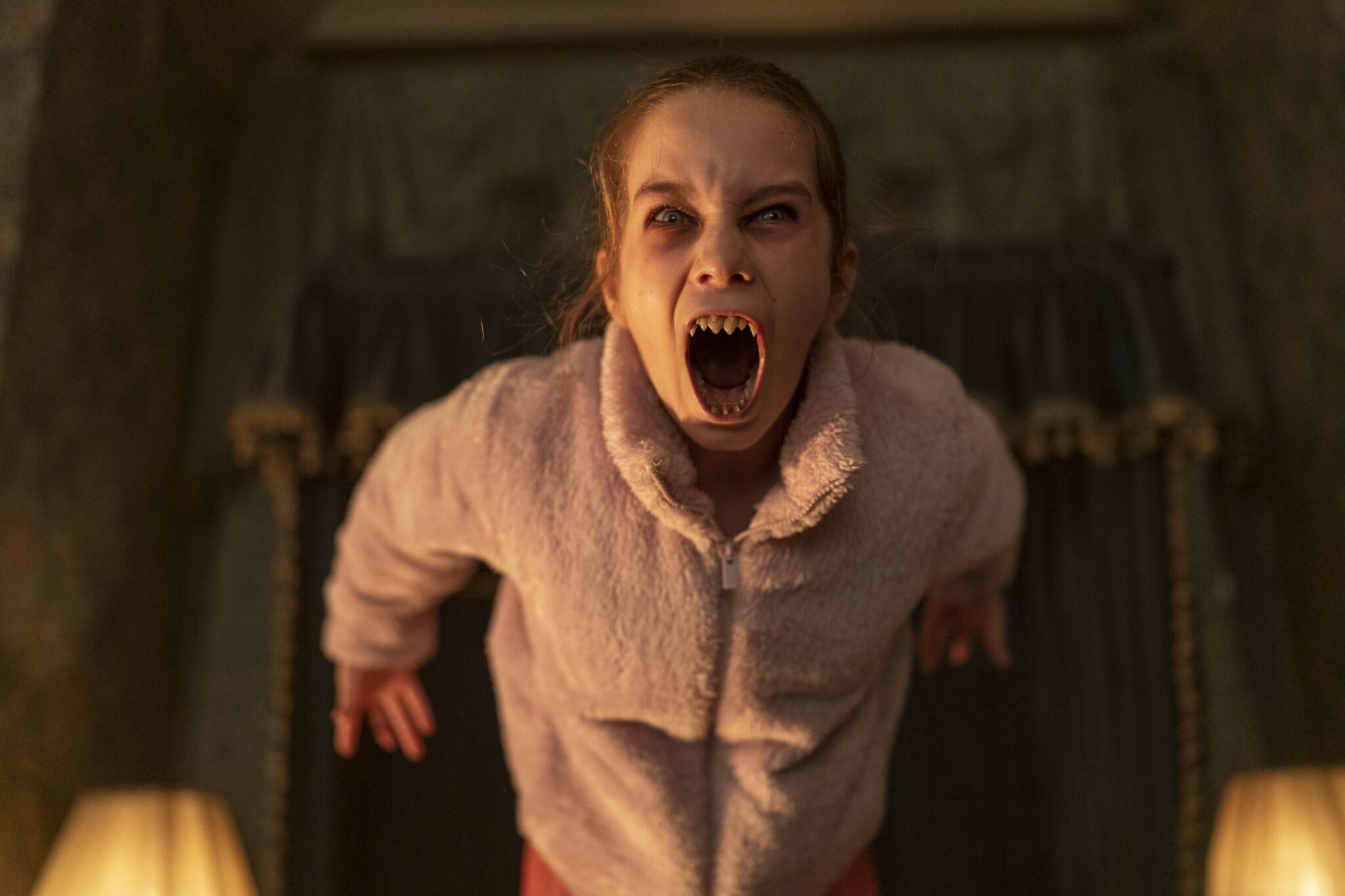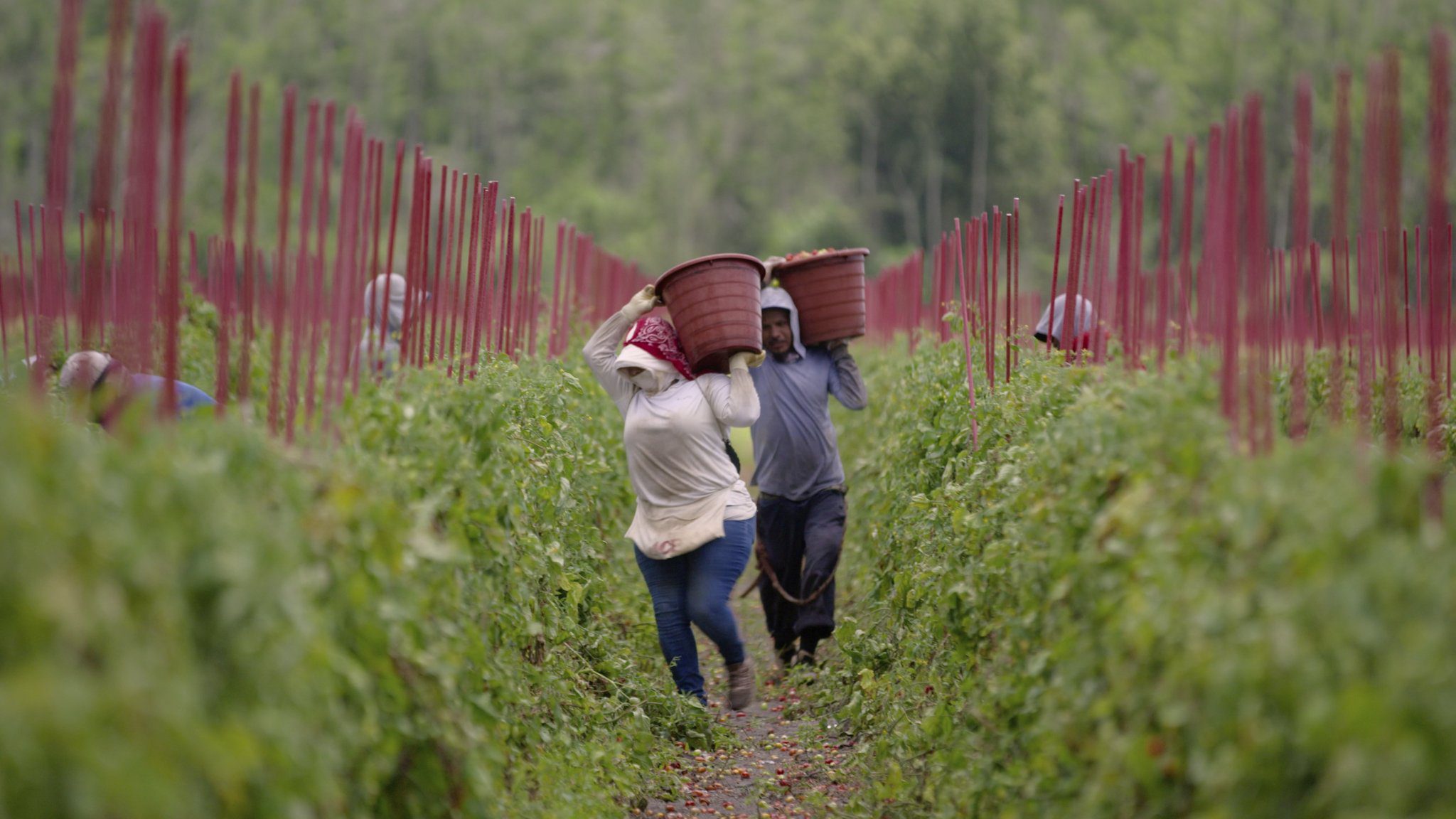How far will someone go to protect the ones they love? In Leah Purcell?s Australian Western, The Legend of Molly Johnson, we see one woman?s answer to that question in very trying conditions. The film is based on Purcell?s play which reimagined a nineteenth century Australian short story, ?The Drover?s Wife?. (The onscreen title of the film is The Drover?s Wife: The Legend of Molly Johnson.)

Molly Johnson (Purcell) is alone with her four children (with a fifth due very soon) in a small isolated house in the Australian outback. Her husband is a sheep drover and has been gone for six months. Her first response to any outsider (human or beast) is to grab her rifle. When she is confronted with an Aboriginal man named Yadaka (Rob Collins) in shackles, she is cautious, but takes him in temporarily. As the tentative bond between them is tested, they discover secrets that bring Molly?s life into a new focus. Yadaka connects with Molly?s oldest son, Danny, and begins to teach him about ?Man?s business? and some Aboriginal concepts. He becomes a bit of a father figure for the boy.
When her husband does not come back from the drive (and it?s learned he never showed up for it) the new lawman in town becomes suspicious and sends a constable to the Johnson home to investigate. There he finds Yadaka, who is wanted for murder. This creates a dangerous situation for all three, which ends up in a deadly showdown. Before long, forces are tearing Molly?s family apart. In the process Molly becomes a symbol of women?s struggle in society and of racism.

The film cinematography gives a great sense of the beauty and severity of Molly?s life in the isolated countryside. That beauty and severity are reflected in Molly?s personal struggle. She is a woman of great love for her children. But that love often pushes her difficult actions. And we know that for Molly survival is not about self, but about her children.
It is of note that Purcell took ?The Drover?s Wife? and completely changed the concept of the story to reflect post-colonial ideas. The racial and women?s rights aspects of the film are not a part of the short story. Yet it is those ideas that give the film its power.
Purcell comes from an Aboriginal background and views storytelling as something near to sacred. Stories are passed from generation to generation as a way to transmit identity and culture. She sees this film as a form of Dreaming (an Aboriginal artform). That concept is very clear in the film?s ending. It is a delight, at the film?s end, to see a story being told anew and being left to discern just how that fits into and completes the story.

Molly?s and Yakada?s struggles as they are revealed throughout the film are a reminder of the hardships women and people of color have had to endure in times past?and often still do. Those hardships are not benign, but often grow out of abuses that many people at the time viewed as acceptable. As we look back we may think we?ve grown past such ideas, but in reality, we too often understand we have not.
The Legend of Molly Johnson is in select theaters and available on digital platforms.
Photos courtesy of Samuel Goldwyn Films.



